Blog Detail
Table of Contents
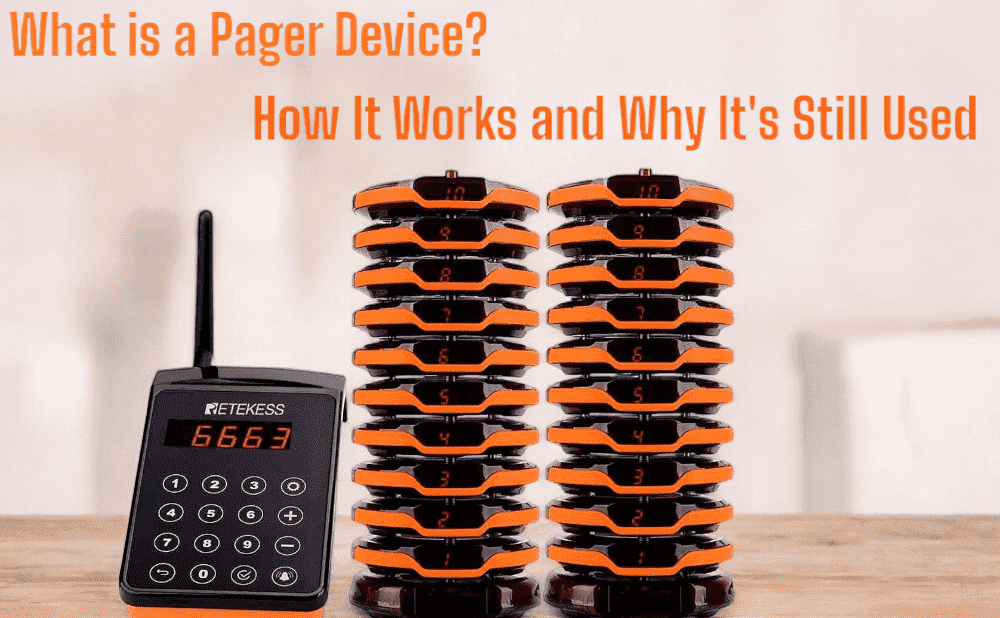
What is a Pager Device? How It Works and Why It's Still Used
- Sophia
- May 10, 2025
- 1 Comments
Hi there, I'm Sophia. Today, I want to dive into a piece of technology that many might consider a relic of the past, but is surprisingly still relevant: the pager device. You might have seen them in old movies or perhaps even heard a distinctive beep in a hospital. But what is a pager device exactly, how does it function, and why, in an era dominated by smartphones, does it still hold a place? Let's find out!
What Exactly is a Pager Device?
At its core, a pager device, often called a "beeper," is a compact, wireless telecommunications device designed to receive and display short messages. These messages can be numeric (like a phone number to call back), alphanumeric (a short text message), or in some older models, even brief voice messages.
The term "beeper" comes from the characteristic sound most pagers make to alert the user to a new message, though many also offer a vibration mode. While most people associate pagers with one-way communication (receiving messages only), some advanced pager devices, known as two-way pagers, can also send acknowledgments or even short replies. Think of it as a dedicated, highly reliable message receiver that predates the widespread use of mobile phones.
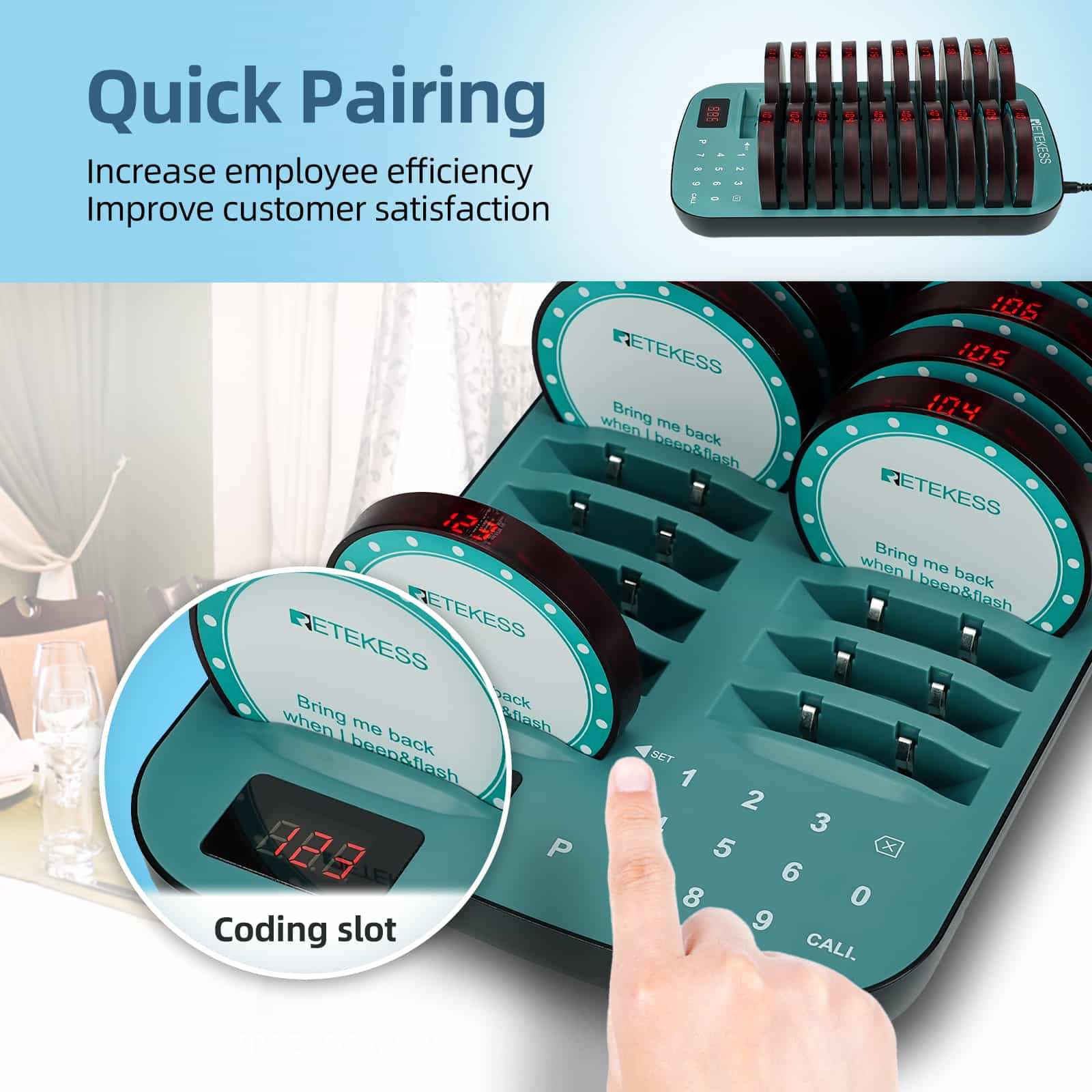
How Does a Pager Device Work? The Technology Behind the Beep
Understanding how a pager device works reveals why it has maintained its utility in specific fields. The process generally involves these steps:
Sending the Message: When someone wants to send a message to a pager, they typically call a specific phone number associated with that pager. An operator or an automated system then takes down the message. For alphanumeric pagers, messages could also be sent via specialized software or email gateways.
Transmission: This message is then transmitted from a base station (or a network of them) as a radio signal over specific radio frequencies. Pagers often use Very High Frequency (VHF) radio signals (typically in the 138 to 466 MHz range), similar to FM radio broadcasts.
Reception: Each pager device is tuned to listen for signals on its designated frequency that contain its unique identification code.
Alert and Display: When the pager receives a signal addressed to it, it decodes the message and alerts the user – usually with a beep or vibration. The message is then displayed on its small screen.
The simplicity of this radio paging technology is a key to its reliability. It doesn't rely on the complex cellular networks that smartphones use, which can be prone to congestion or outages.
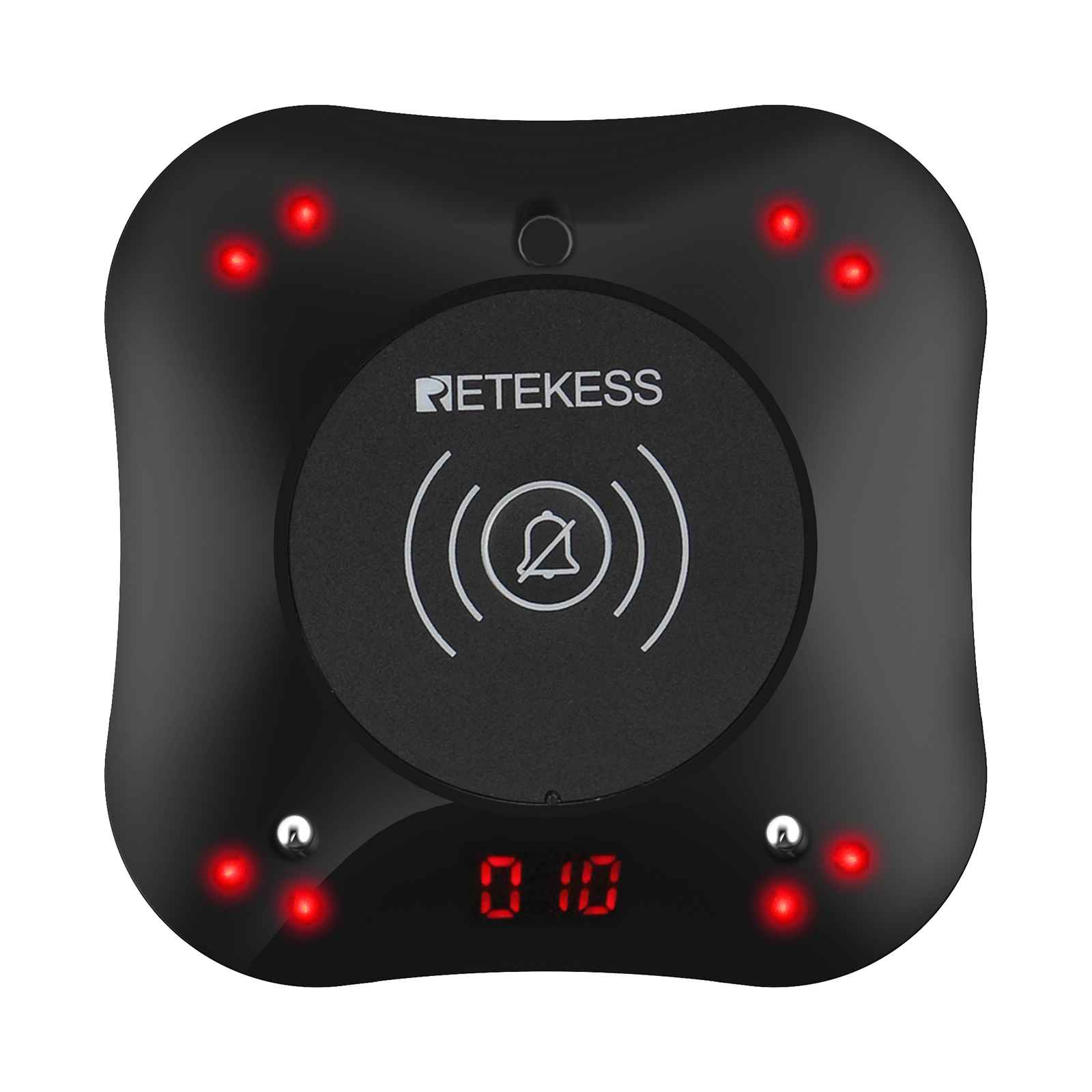
Why is a Pager Device Still Used in the Age of Smartphones?
This is a common question, and the answer lies in the unique advantages that pager devices offer, particularly in critical communication scenarios.
Unparalleled Reliability and Coverage
One of the primary reasons pagers persist is their exceptional reliability. Paging networks often have broader and more robust coverage, especially in remote areas or within large buildings where cellular signals might be weak or non-existent. As noted by sources like Business Standard, pagers can work well in areas with poor mobile coverage. This makes them indispensable for professionals who need to be reachable at all times.
Enhanced Security and Privacy
Pagers are inherently more secure for certain types of communication. Most pagers are receive-only devices, meaning they don't transmit signals that can be easily tracked back to the user's location. This passive nature makes tracing a pager significantly harder than tracing a smartphone, a feature highlighted in discussions about their operational security.
Simplicity, Durability, and Battery Life
Pager devices are straightforward electronic devices with minimal features. This simplicity makes them easy to use, less prone to technical glitches, and incredibly durable. Furthermore, their battery life is significantly longer than that of a smartphone, often lasting weeks on a single charge, which is crucial in emergency situations.
Critical Niche Applications
Despite the decline in general public use, pagers remain vital in specific industries:
Healthcare: Doctors, nurses, and other medical staff rely on pagers for urgent alerts where cellular signals might be unreliable within hospital infrastructure or during emergencies when cell networks are overloaded. Spok Inc., a company specializing in critical communications, emphasizes the continued importance of modern paging in clinical settings.
Public Safety: Emergency services, including firefighters and paramedics, often use pagers for their dependability in critical situations.
Specific Industries: Some businesses and operational teams use them for quick, reliable one-way communication where instant messaging apps or phones might be impractical or less secure.
Even though a pager is an electronic device with a battery, and thus has a slight chance of malfunction or, in extremely rare cases, issues like battery failure (as with any battery-operated device), their focused functionality minimizes many risks associated with more complex devices.
A Brief Look at the History of Pager Devices
The concept of paging dates back further than many realize, with early forms appearing in the 1950s. Motorola was a key pioneer, introducing the first successful consumer pager, the "Pageboy I," in 1964. These early devices simply beeped, prompting the user to call a service to retrieve their message.
Throughout the 1980s and 1990s, pagers became status symbols and essential tools for professionals and even a mainstream communication device before mobile phones became ubiquitous. While their popularity waned with the rise of smartphones, their core benefits have ensured their survival in specialized roles.
Conclusion: The Enduring Utility of the Pager Device
So, what is a pager device? It's a robust, reliable, and often secure wireless communication tool designed for receiving messages. While it may seem like a technology of yesteryear, its unique advantages in terms of reliability, coverage in challenging environments, security, and simplicity mean it continues to be an essential tool in critical sectors like healthcare and public safety. The next time you hear that distinctive beep, you'll know there's a powerful and enduring technology at work.
The retekess paging system focuses on long-distance and large package discount packages. You can buy it once and get it all in one step. There is also an extra-long warranty period, allowing you to shop at 0 cost! This year, if you purchase a retekess long-distance notification system, you will receive a spare pager for free, and there are additional large discounts waiting for you to experience. Come and have a look!
👉 Get Your Personalized Quote Now
Do you have any experiences with pager devices, or do you see them still being used around you? Share your thoughts in the comments below!

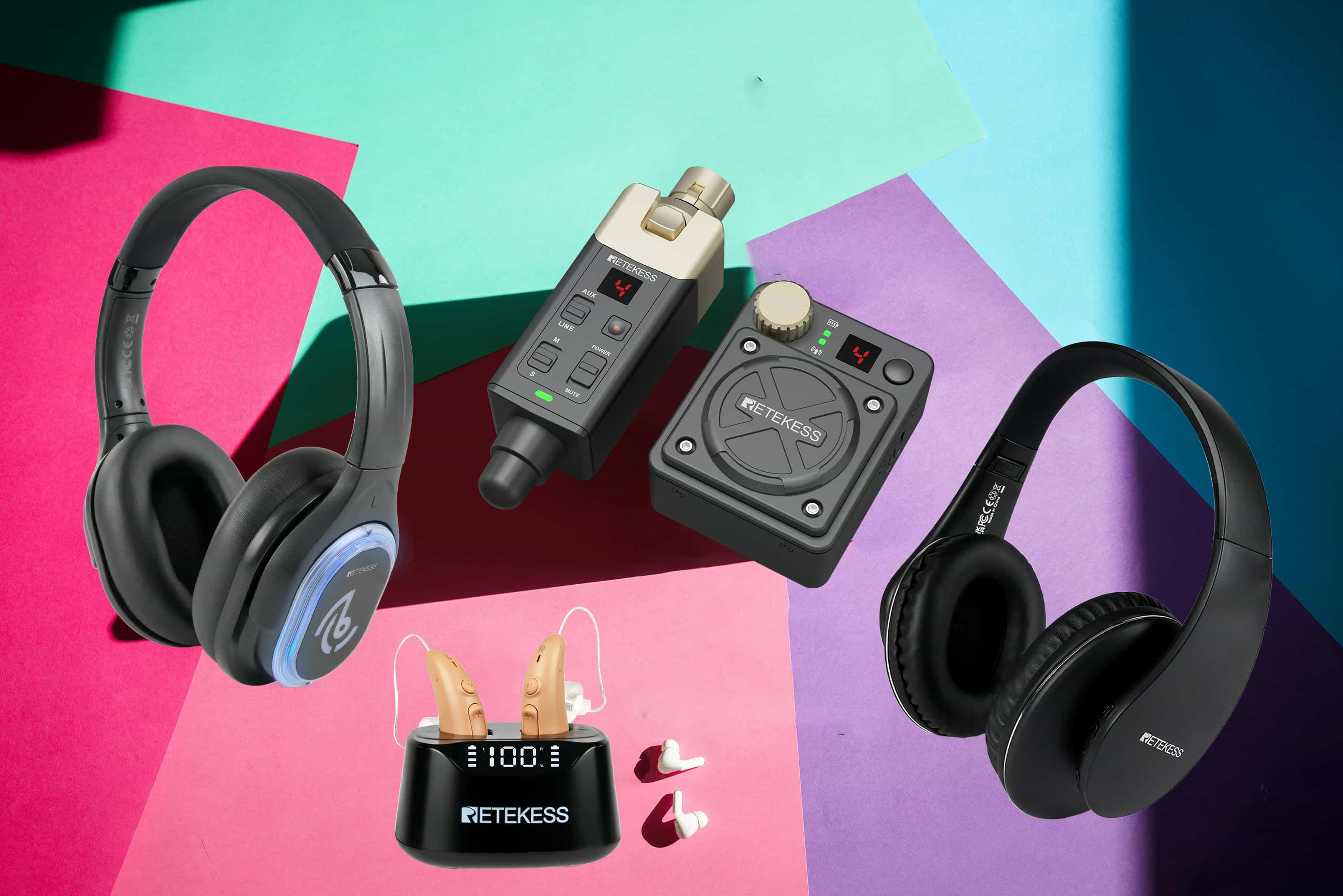
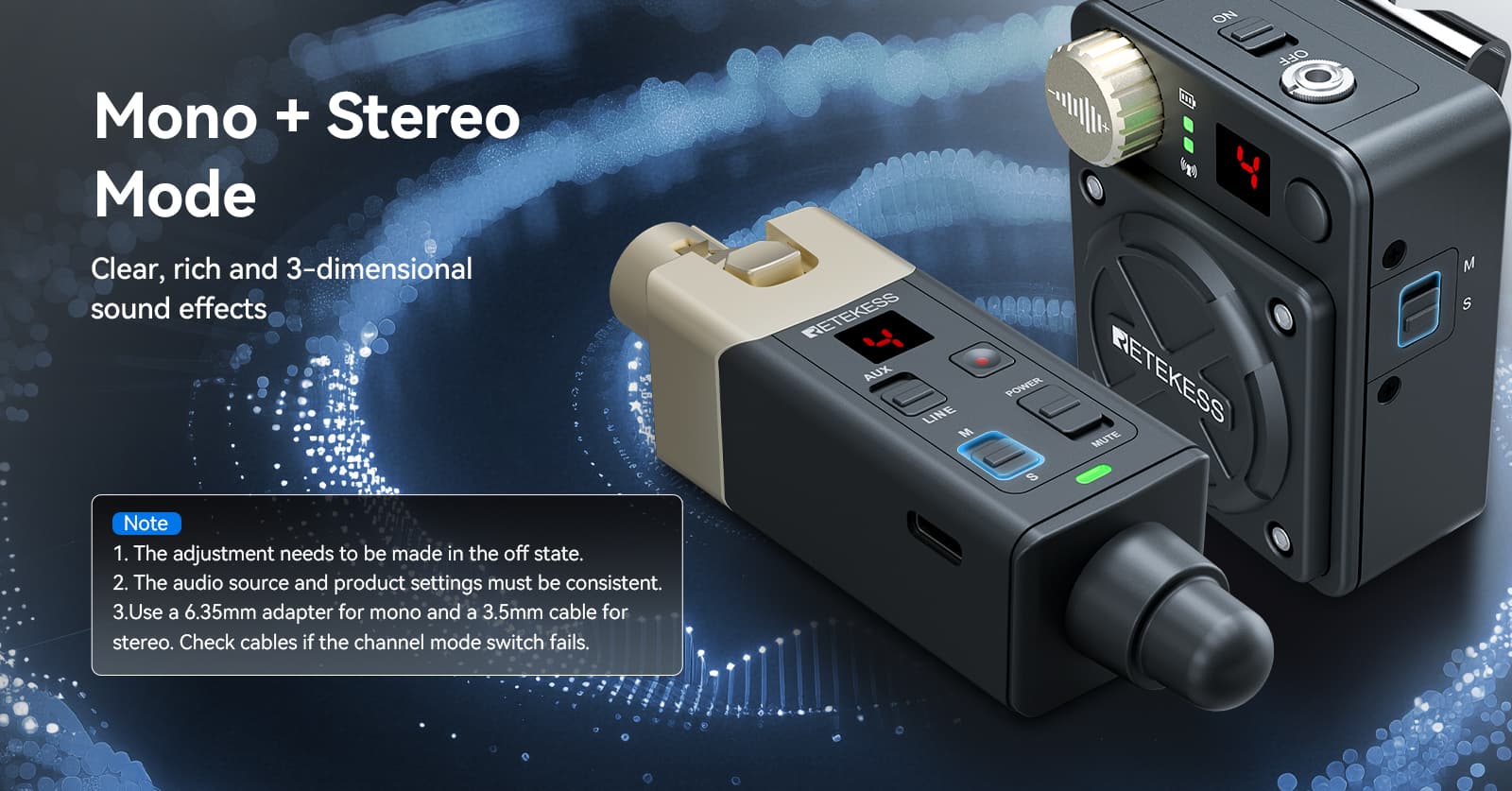


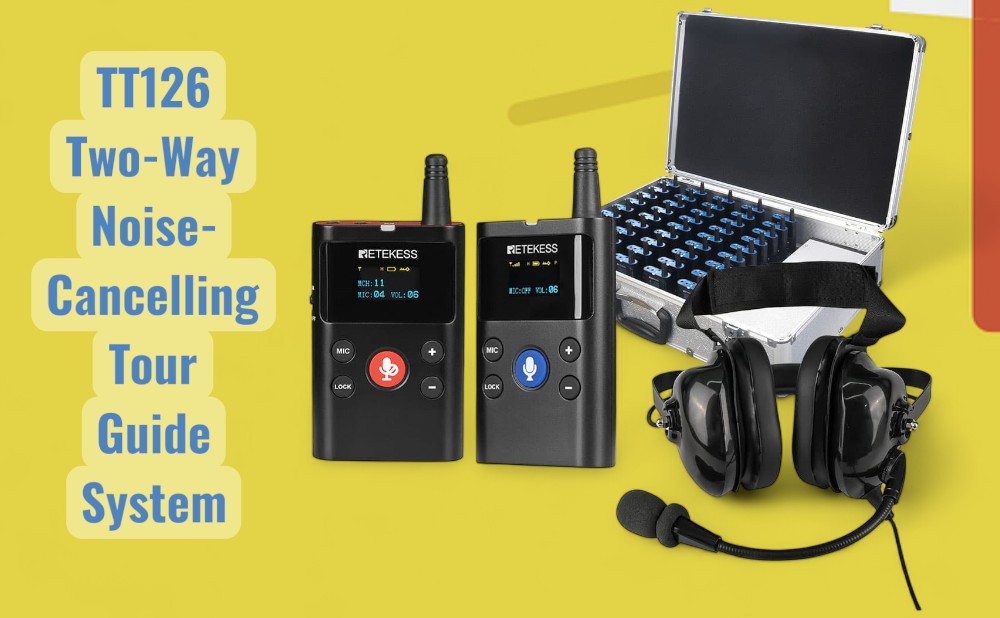
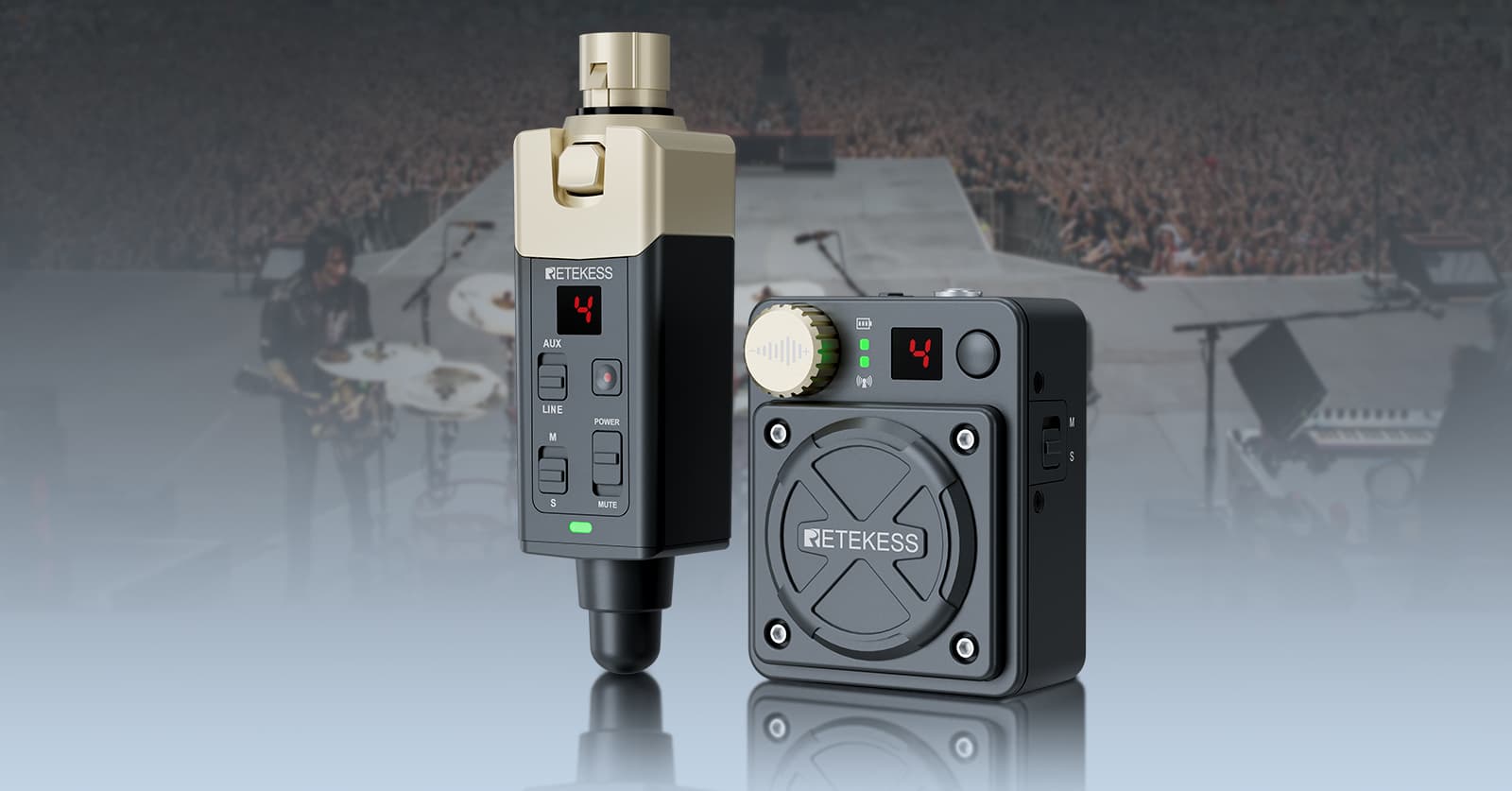


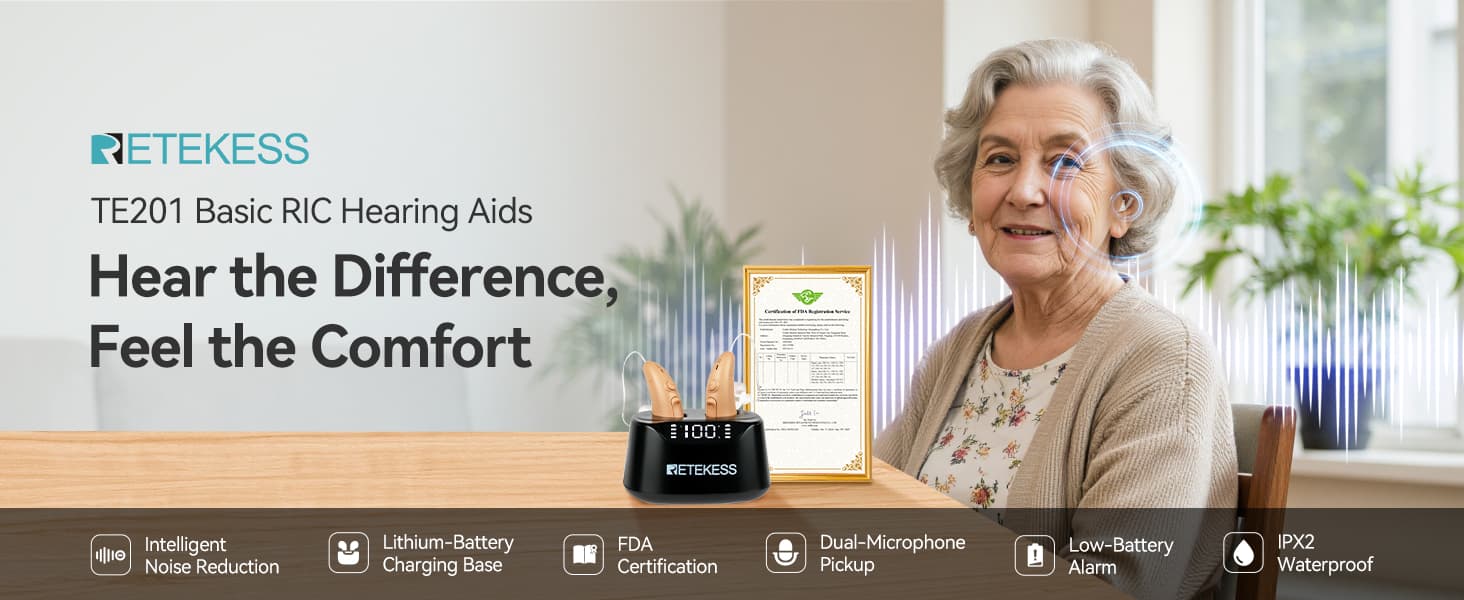
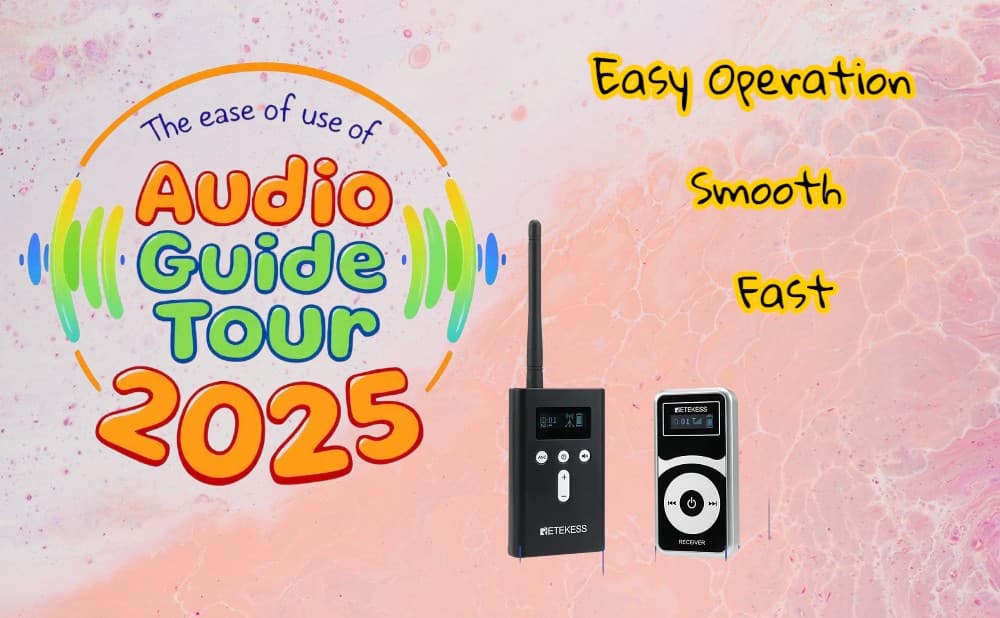
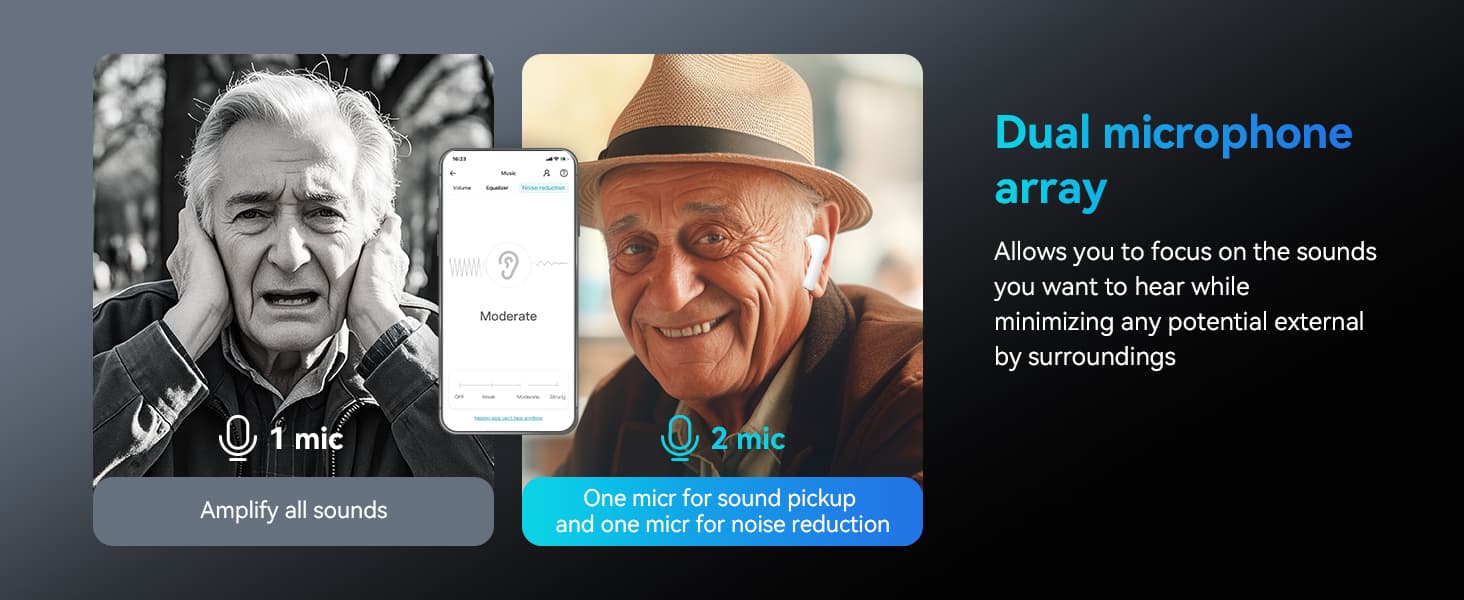
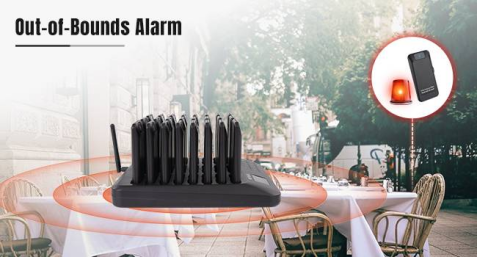



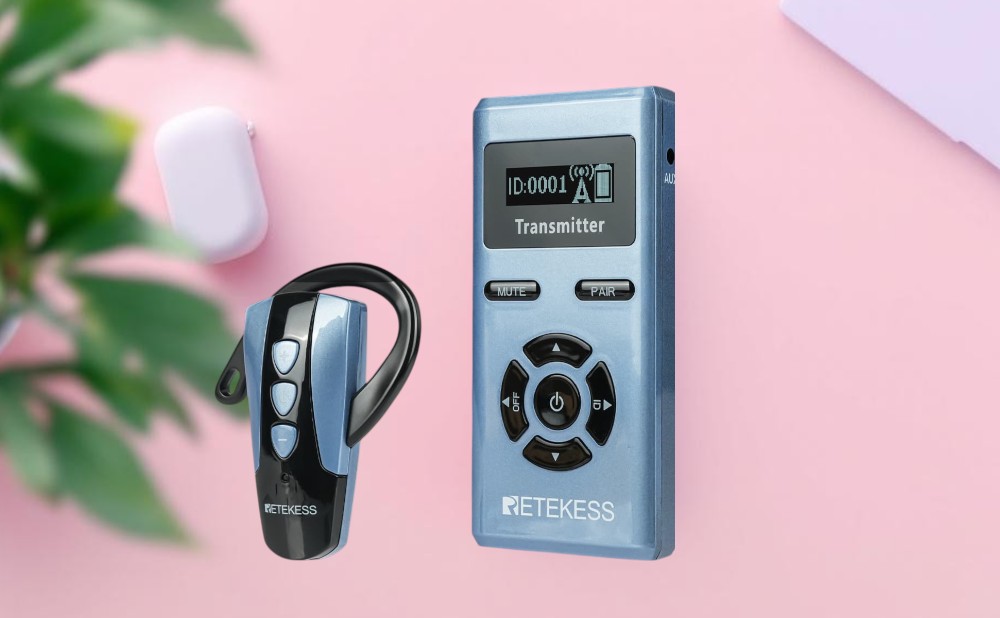





Comments (1)